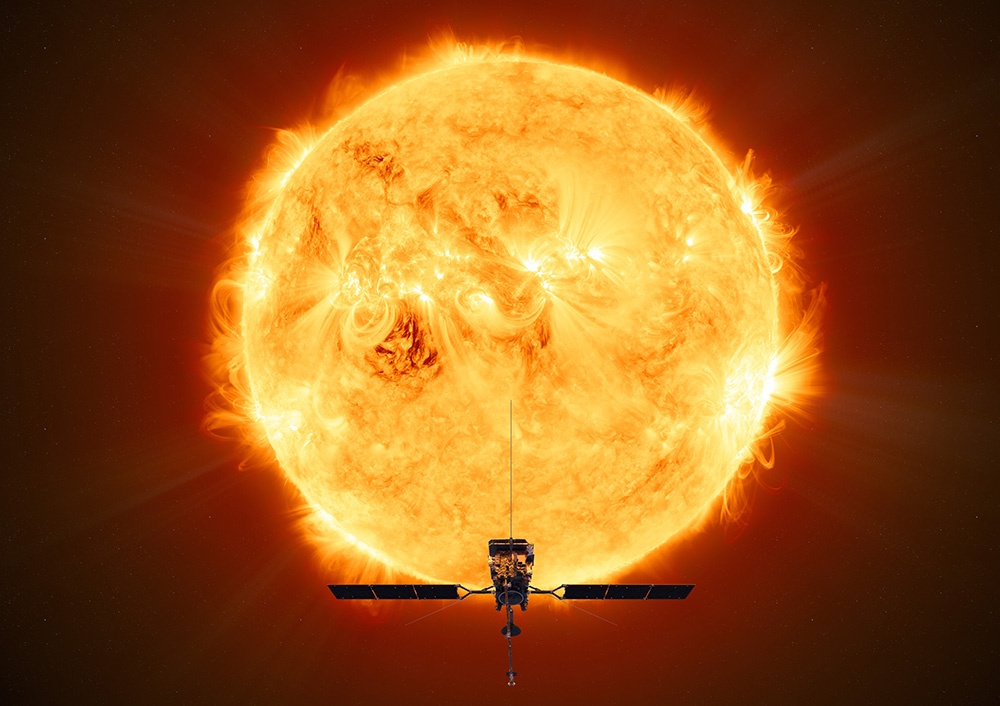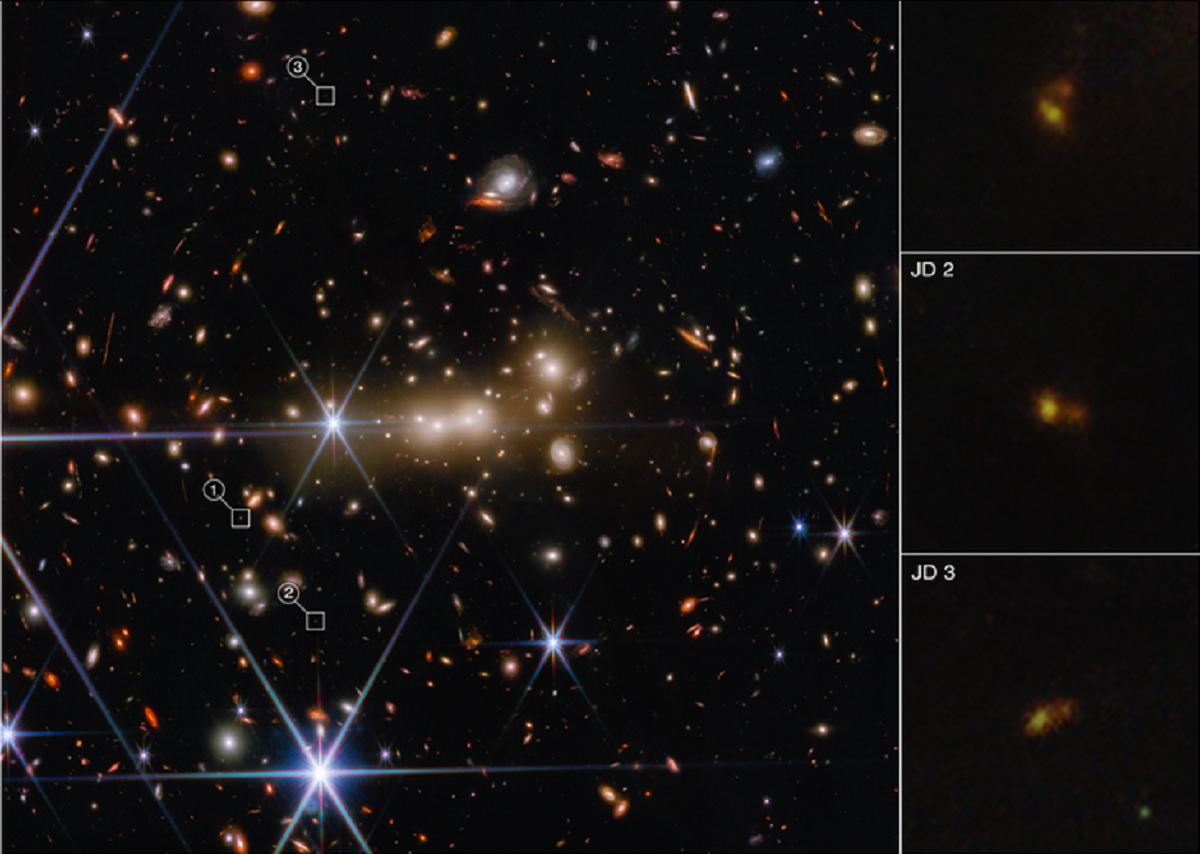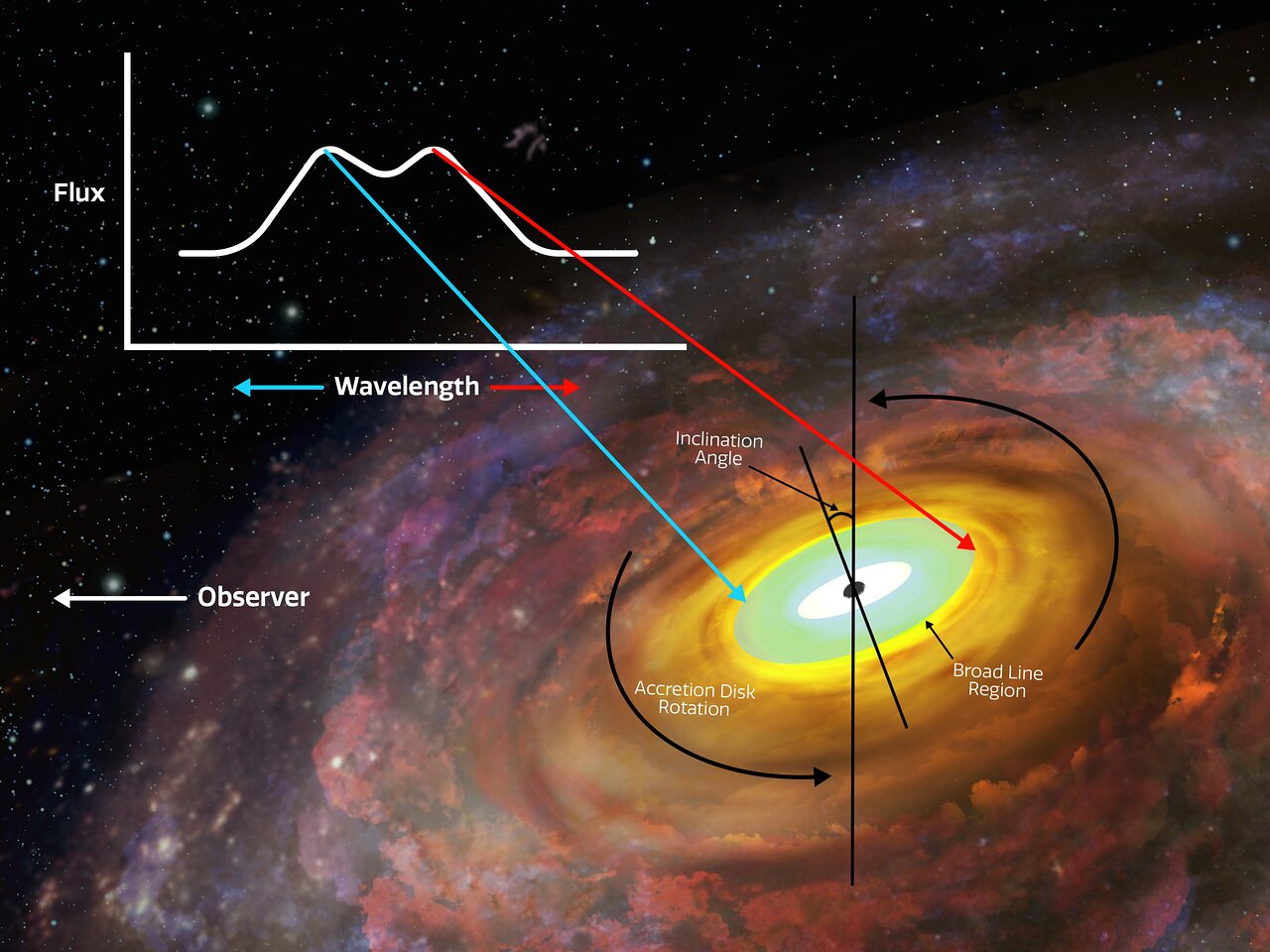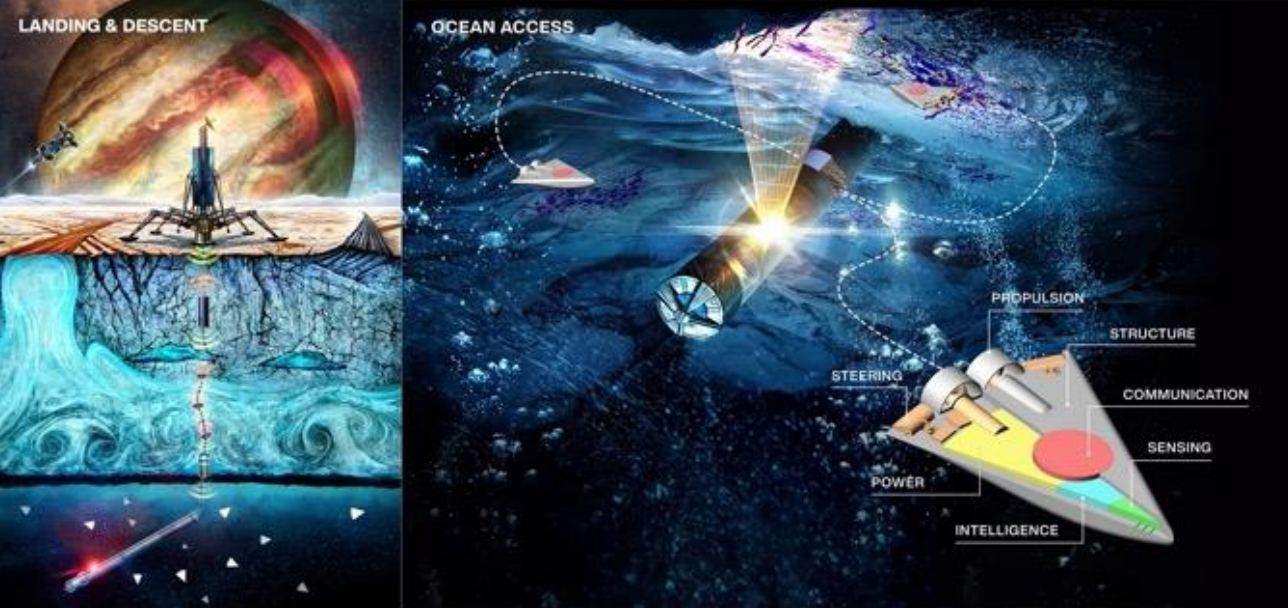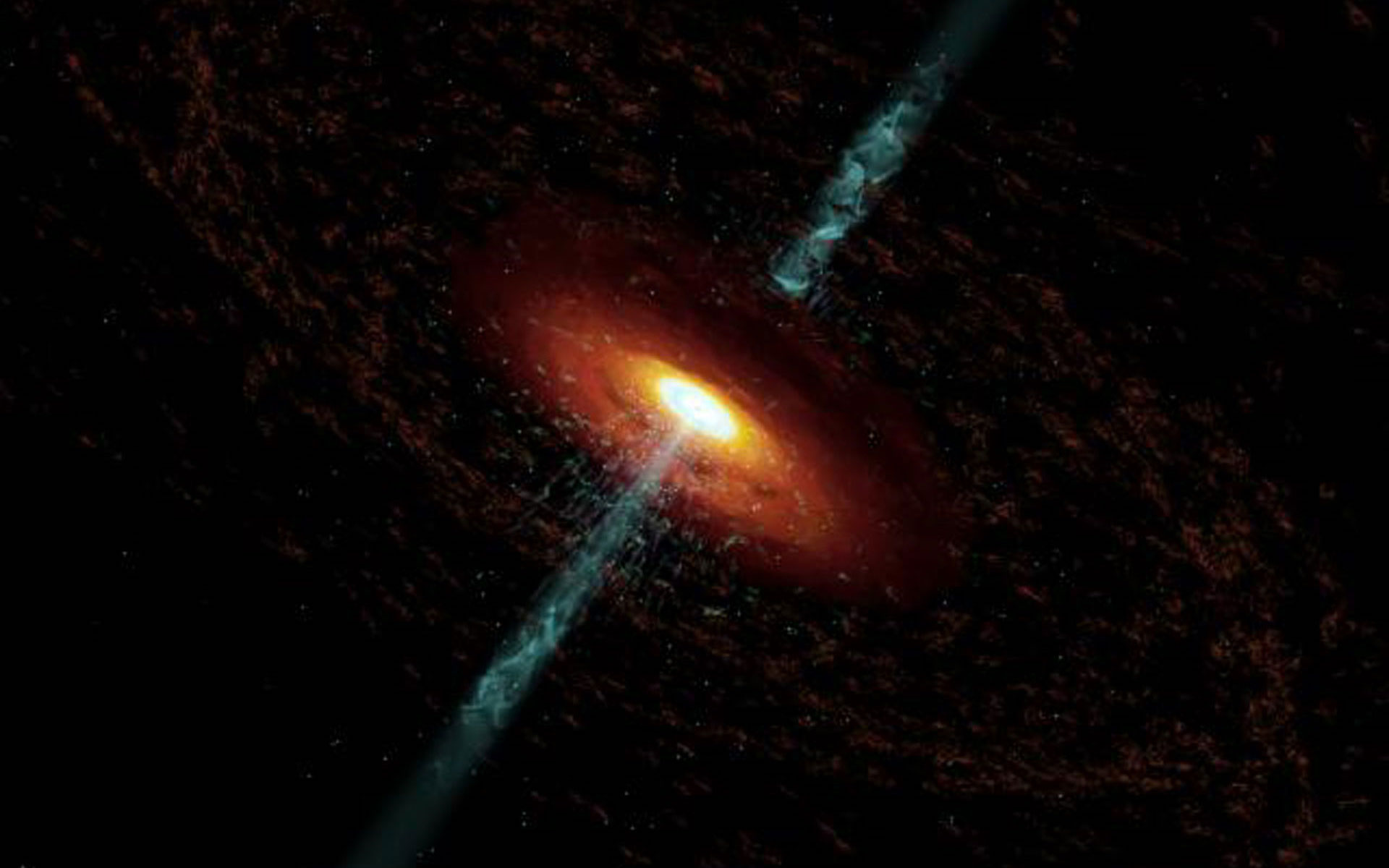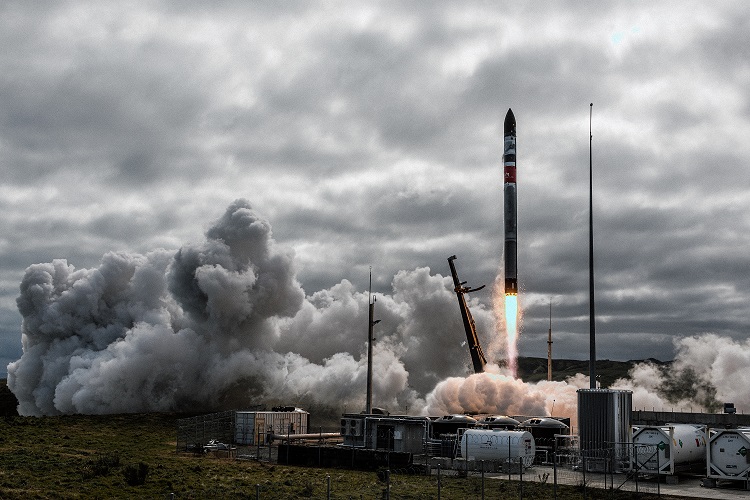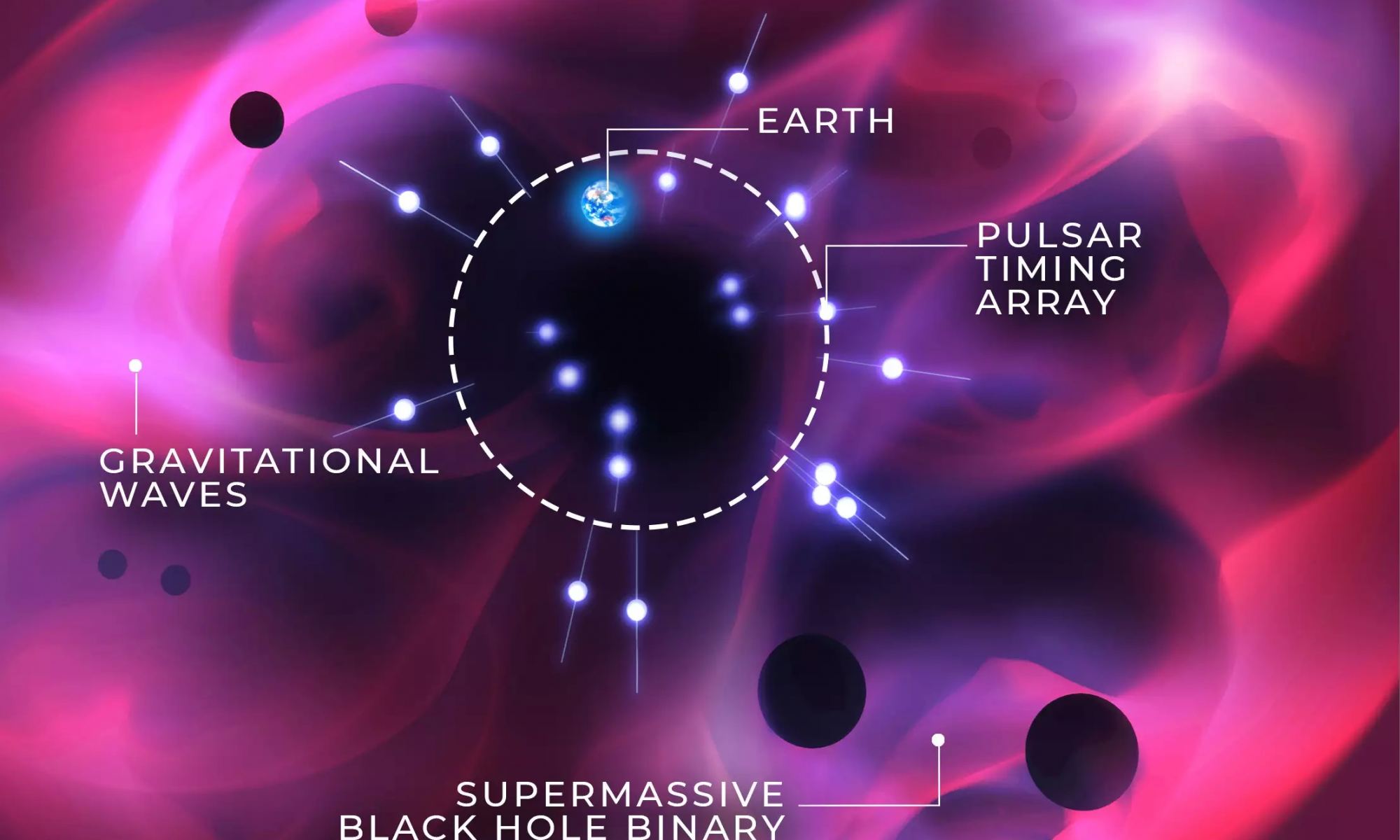After years of build-up and anticipation, the James Webb Space Telescope finally launched into orbit on December 25th, 2021 (what a Christmas present, huh?). Since then, the stunning images and data it has returned have proven beyond a doubt that it was the best Christmas present ever! After its first year of operations, the JWST has lived up to one of its primary objectives: to observe the first stars and galaxies that populated the Universe. The next-generation observatory has accomplished that by setting new distance records and revealing galaxies that existed less than 1 billion years after the Big Bang!
These studies are essential to charting the evolution of the cosmos and resolving issues with our cosmological models, like the Hubble Tension and the mysteries of Dark Matter and Dark Energy. Well, hang onto your hats because things have reached a new level of awesome! In a recent study, an international team of scientists isolated a well-magnified star candidate in a galaxy that appears as it was almost 12.5 billion years ago. The detection of a star that existed when the Universe was only ~1.2 billion years old showcases the abilities of the JWST and offers a preview of what’s to come!
Continue reading “JWST Plucks One Single Star out of a Galaxy Seen 12.5 Billion Years Ago”
